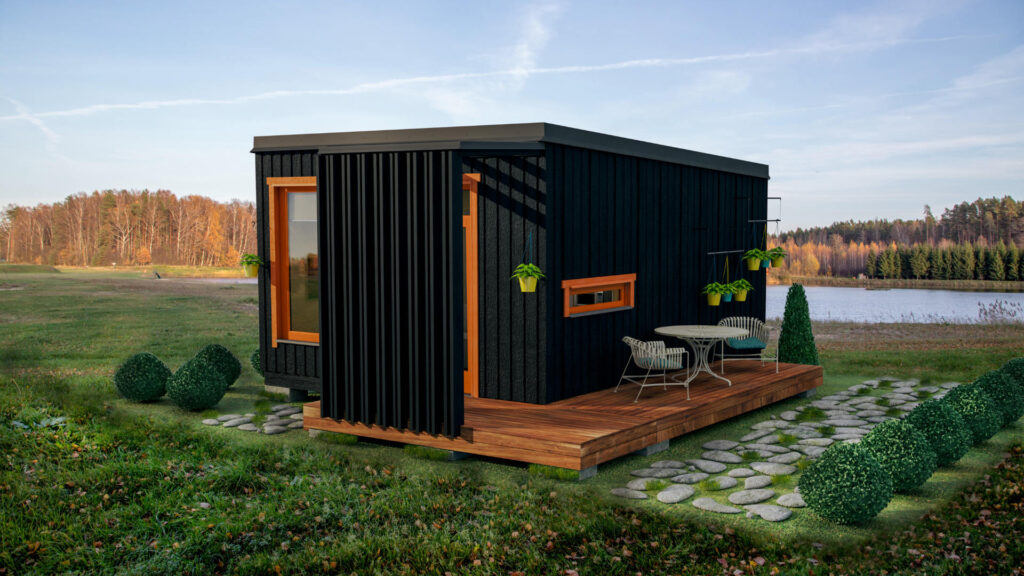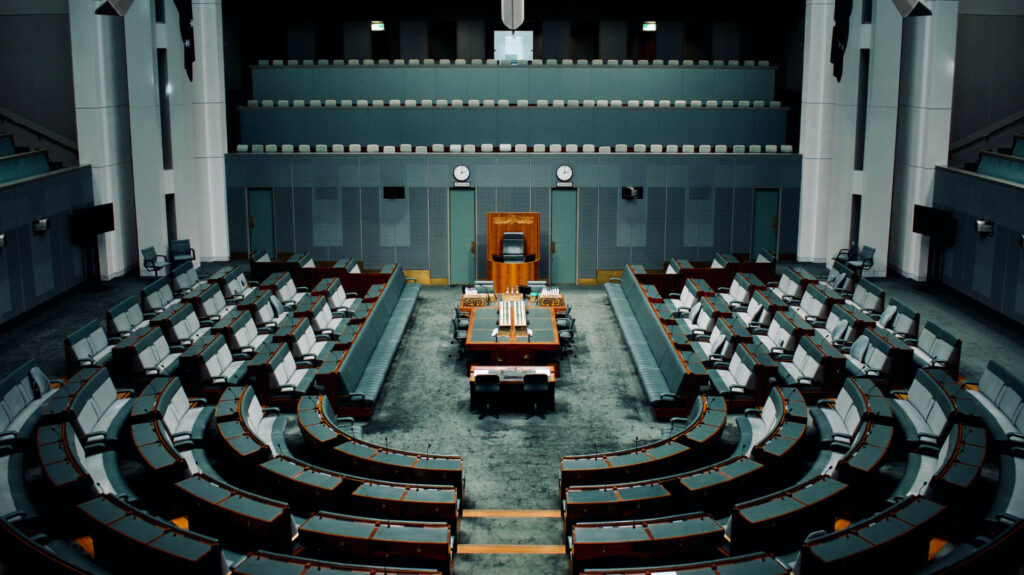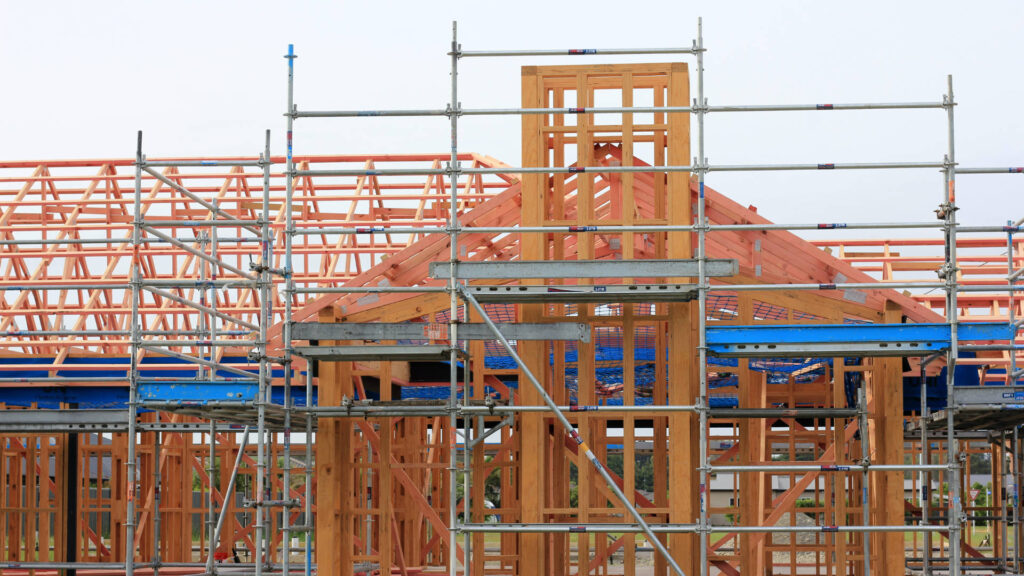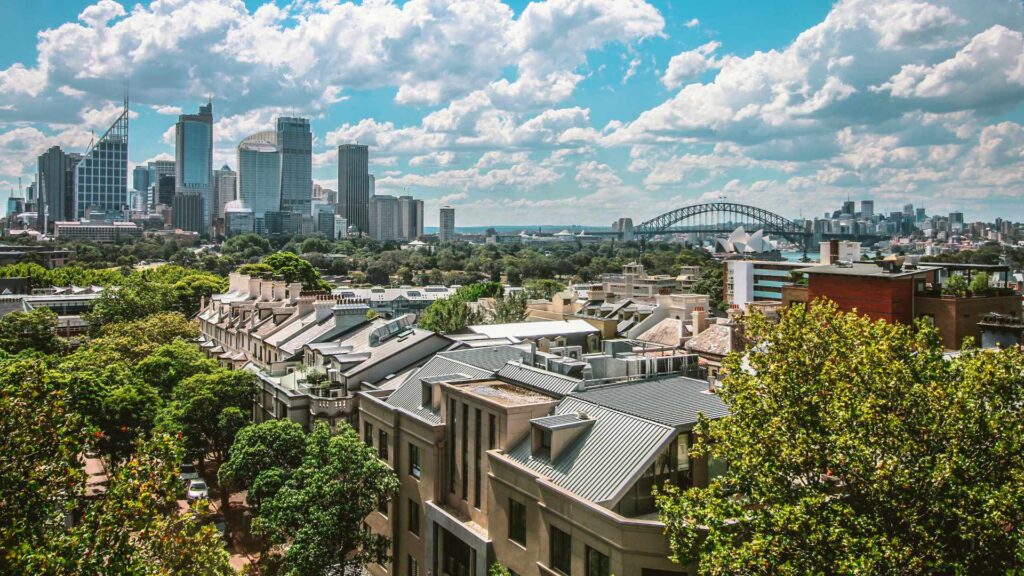The latest decision of the RBA to increase the cash rate by 0.25 basis points will further elevate mortgage stress and reduce borrowing capacity for homebuyers across the country.
Released today by the Bankwest Curtin Economics Centre at Curtin University, the ‘Housing Affordability in Western Australia 2023: Building for the future’ report has revealed the alarming extent to which housing affordability in WA has deteriorated in the last two years.
Private sector rents in WA increased by around 13% in the last year alone and rising interest rates have inflated mortgage payments for existing homeowners. Rising house prices, lower borrowing capacity and increased mortgage repayments have negatively affected prospective buyers.
The report shows that the mortgage delinquency rate has more than tripled for new homeowners who took out loans in 2022 compared to those with earlier loan vintages.









